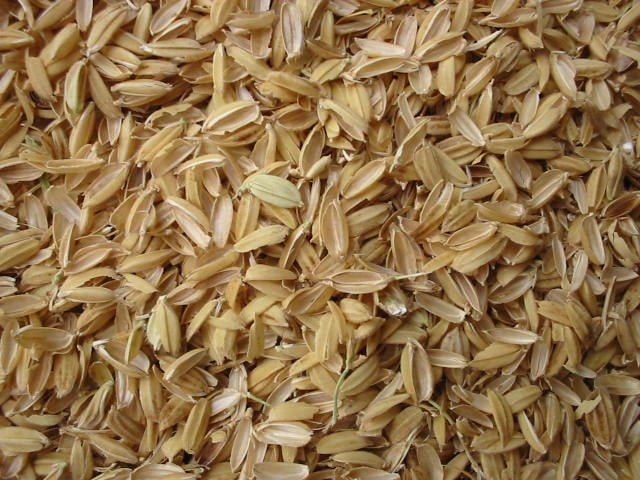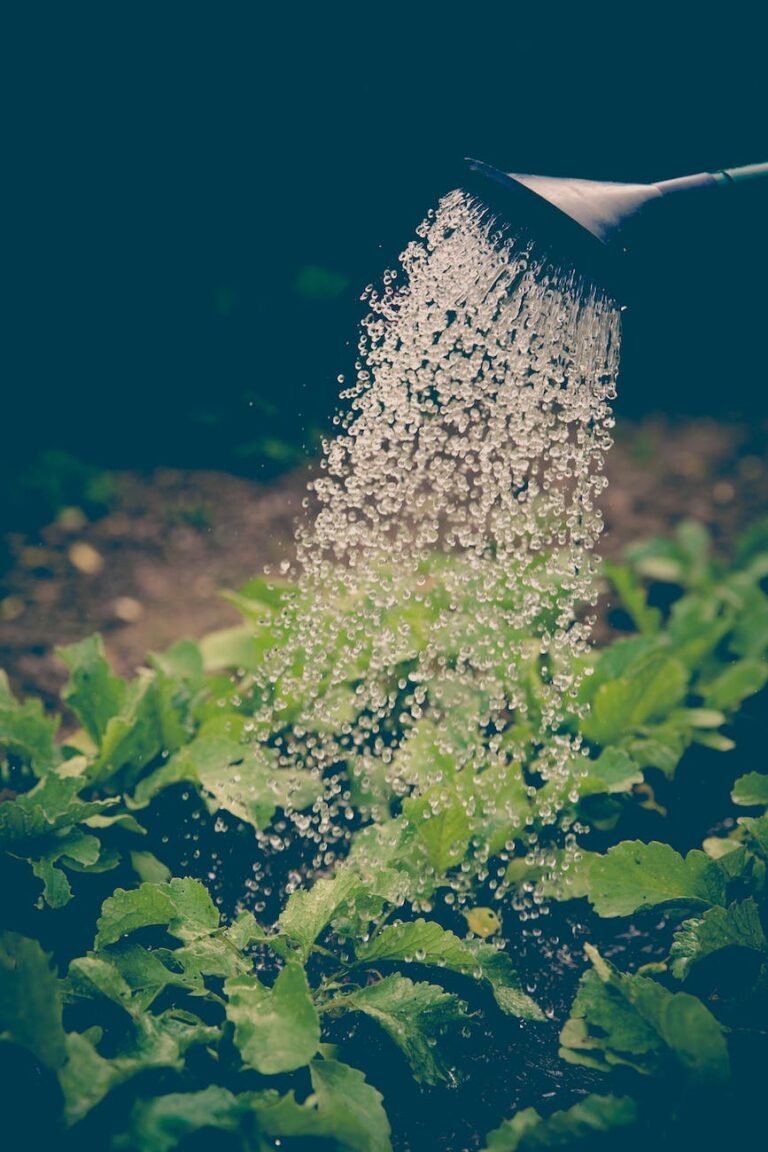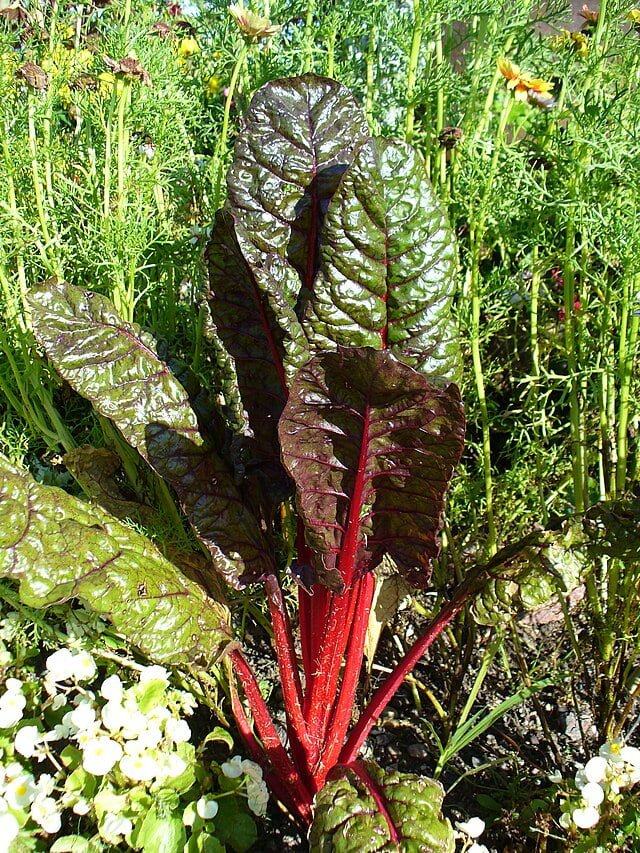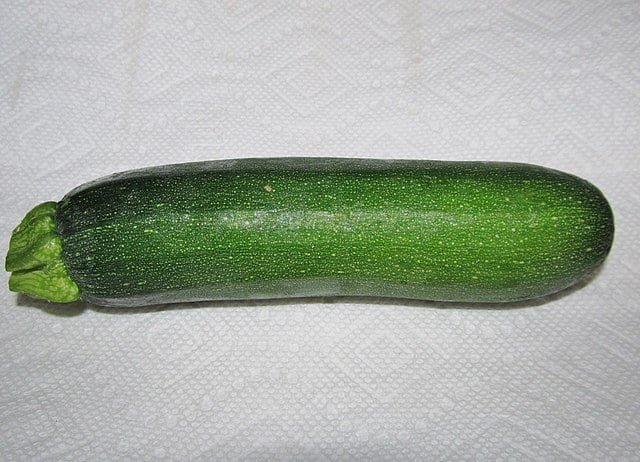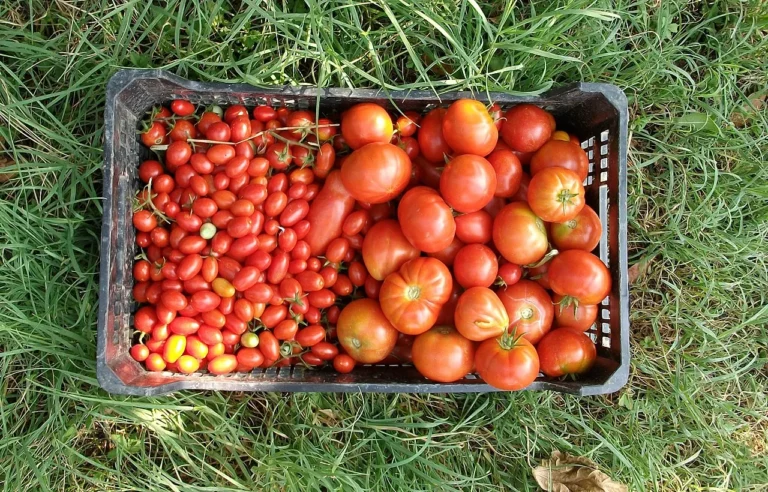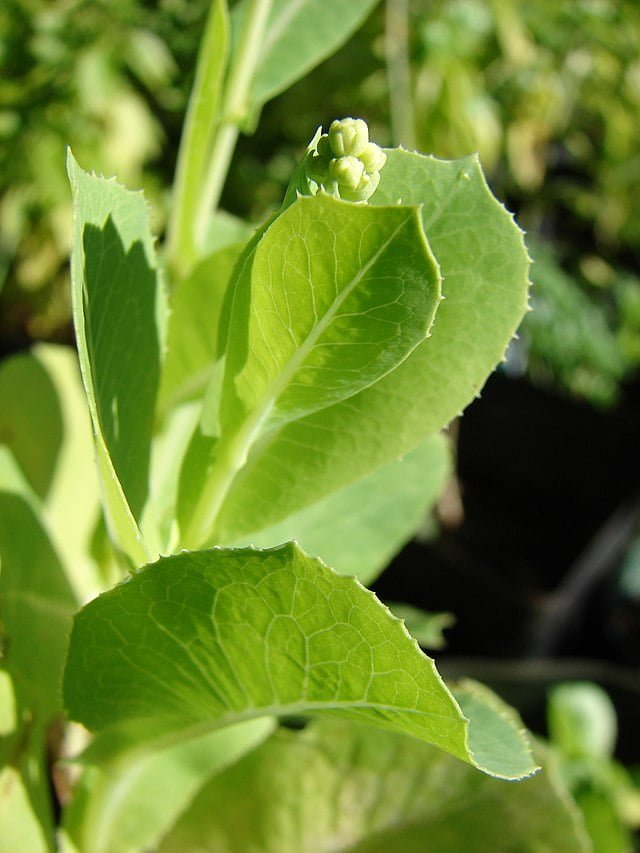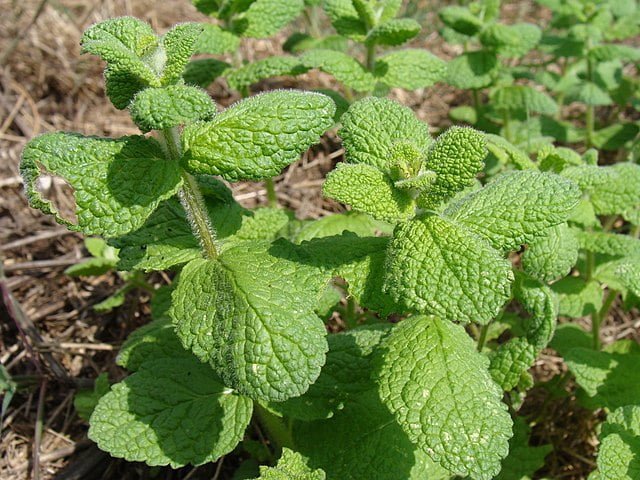The Rising Star of Gardening: Using Rice Hulls
Greetings to all gardening gurus and green thumbs! Today, we’re exploring an unexpected yet potent addition to your garden: rice hulls. These often-overlooked byproducts of rice milling offer an eco-friendly and nutrient-rich option for your garden’s needs. Let’s dive in!
What are Rice Hulls?
Rice hulls, also known as rice husks, are the protective outer coverings of rice kernels. Typically, these hulls are discarded during the rice milling process. However, in the realm of gardening, these rice hulls are increasingly recognized for their remarkable utility and environmental sustainability.
Why Use Rice Hulls in Gardening?
Here are a few reasons why rice hulls are becoming the darling of the gardening world:
- Soil Amendment: Rice hulls are a rich source of silica, which helps in plant growth and disease resistance. They improve soil texture and enhance its water-holding capacity, making them an excellent soil amendment.
- Mulching: Rice hulls serve as an effective mulch. They help retain soil moisture, reduce weed growth, and regulate soil temperature, benefiting your plants in multiple ways.
- Composting: Rice hulls are high in lignin, which makes them a fantastic ‘brown’ addition to your compost pile, helping to balance the carbon to nitrogen ratio.
- Sustainability: Using rice hulls diverts waste from landfills, contributing to a more sustainable and zero-waste gardening approach.
How to Use Rice Hulls in Your Garden
- As a Soil Amendment: Mix rice hulls into your garden soil or potting mix at a ratio of up to 1:1. The hulls will help improve drainage and aerate the soil, benefiting root health and plant growth.
- For Mulching: Apply a 1-2 inch layer of rice hulls around your plants. Remember to keep the mulch an inch away from plant stems to prevent rot and pest problems.
- In Composting: Add rice hulls to your compost pile as a ‘brown’ material. They will decompose over time, enriching your compost with beneficial nutrients.
- Seed Starting: Rice hulls can also be used as a growing medium for starting seeds. They provide excellent aeration and water retention, ideal for germination.
Cautionary Note
While rice hulls have many benefits, they are slow to break down and can lock up nitrogen in the soil as they decompose. To prevent nitrogen deficiency in your plants, consider adding a nitrogen-rich fertilizer when using rice hulls as a soil amendment or composting material.
In conclusion, rice hulls are a versatile, sustainable, and beneficial addition to any garden. So the next time you’re contemplating how to boost your garden’s health, don’t forget to consider this humble byproduct of rice milling! Happy gardening!

